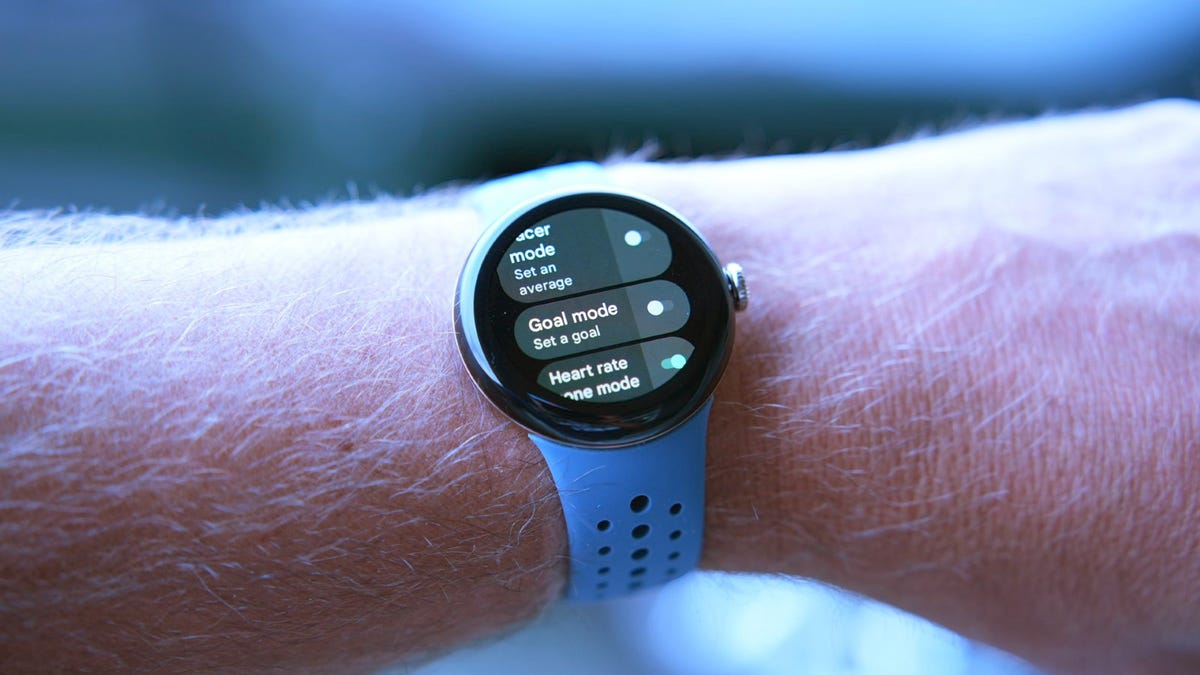MONDAY, Sept. 19, 2022 (HealthDay News) — Nearly 10% of Americans suffer from depression, with the mood disorder increasing fastest among teens and young adults, a new study finds.
Between 2015 and 2020, incidence of depression reached 9% among Americans 12 and older. Among teens and young adults, the depression rate stood at 17% in 2020, the researchers found.
“Depression is extremely common in the U.S. and has reached epidemic levels,” said lead researcher Renee Goodwin, a professor of epidemiology and biostatistics at the City University of New York’s Graduate School of Public Health and Health Policy.
“Depression is a public health problem, analogous to the flu, that needs to be addressed with public health strategies,” she said.
However, “depression is far more lethal than the flu for young persons, yet there are no universal annual screenings, and gatekeepers like teachers, parents, pediatricians, clergy and coaches have little training so they can recognize depression among young persons,” Goodwin added.
Experts say doctors should be on the lookout for depression.
Given the increase in depression, primary care doctors should be screening their patients for it regularly, said Dr. Christine Crawford, associate medical director of the National Alliance on Mental Illness and an associate professor of psychiatry at Boston University School of Medicine.
“Medical providers who are screening for depression signals to patients that talking about depression, talking about your mental health is important for overall health,” said Crawford, who was not involved in the study. “What providers are doing is creating a space for patients to want to be more forthcoming.”
Crawford’s message is not to let the stigma of mental problems deter you from seeking help. “There is no need to suffer in silence with these symptoms,” she said. “There are treatment options available.”
From 2015 to 2020, depression rose fastest among teens and young adults ages 12 and older, while remaining unchanged among adults 35 and older, according to data from the 2015-2020 National Survey on Drug Use and Health.
The highest rates of depression were seen among white people. Women, adults who were not married and folks with the lowest income had the top rates, the researchers reported.
Goodwin believes the increase in the prevalence of depression is real, not simply a reflection of changing attitudes about mental illness.
Still, “it is possible that there is a decline in stigma, which leads to increased reporting, and therefore, an increase reflects greater comfort with reporting versus a true increase,” she said. “Yet, if this is the case, it is unclear why the same level of increase in reporting is not consistent across various groups. But this does remain a factor to consider.”
Also unclear is why there’s not a corresponding increase in the number of people seeking treatment and telling professionals about depression, Goodwin said. One explanation could be that “someone is comfortable reporting it on a survey, but stigma and embarrassment arise when telling another person face to face.”
No one factor is to blame, but Goodwin said it’s possible that growing feelings of helplessness and economic distress are fueling depression, the leading mental health disorder in the nation.
And the researchers pointed out that early data from 2020 indicate that the COVID-19 pandemic has only made mental health worse in the United States.
Depression is a primary driver of suicide and suicide attempts, and it’s possible that the rise in suicide seen in the United States could be tied to the growing prevalence of depression, Goodwin said.
She’s puzzled by the marked increase in depression among teens and young adults. It may be a history of depression in the family or other trauma, she said. “Others have speculated that the advent of phones and screens and escalation of social media use over the past decade have contributed to the increase,” she said.
Depression manifests in a wide variety of symptoms, and it is not the same for all people, Goodwin said. Common signs are sadness, loss of interest or enjoyment in usual activities, trouble sleeping, appetite disturbance and trouble concentrating. But depression can also manifest as irritability, indecisiveness, inability to focus, hopelessness, indifference and lack of energy. Symptoms often differ widely depending on age and other factors.
“Public education and wide dissemination of information to the public about what depression looks like, what it is and how to go about accessing treatment is urgently needed, just like with other epidemics,” Goodwin said. “More funding is desperately needed to provide and improve access to affordable, quality mental health care.”
Dr. Scott Krakower, a psychiatrist at Zucker Hillside Hospital in Glen Oaks, N.Y., was not part of the study. He warned it’s important to treat depression early.
“Early untreated depression can result in long-term consequences with additional mental health and general health conditions,” Krakower said. “Preventative treatment strategies targeting early intervention would be recommended. This includes better public initiatives in the schools and with primary care doctors, so they can identify and treat depression and refer to more specialized providers, such as adult and child psychiatrists.”
The report was published online Sept. 19 in the American Journal of Preventive Medicine.
More information
The U.S. National Institute of Mental Health has more on depression symptoms.
SOURCES: Renee Goodwin, PhD, MPH, professor, epidemiology and biostatistics, Graduate School of Public Health and Health Policy, City University of New York; Christine Crawford, MD, MPH, associate medical director, National Alliance on Mental Illness, and associate professor, psychiatry, Boston University School of Medicine; Scott Krakower, DO, psychiatrist, Zucker Hillside Hospital, Glen Oaks, N.Y.; American Journal of Preventive Medicine, Sept. 19, 2022, online









